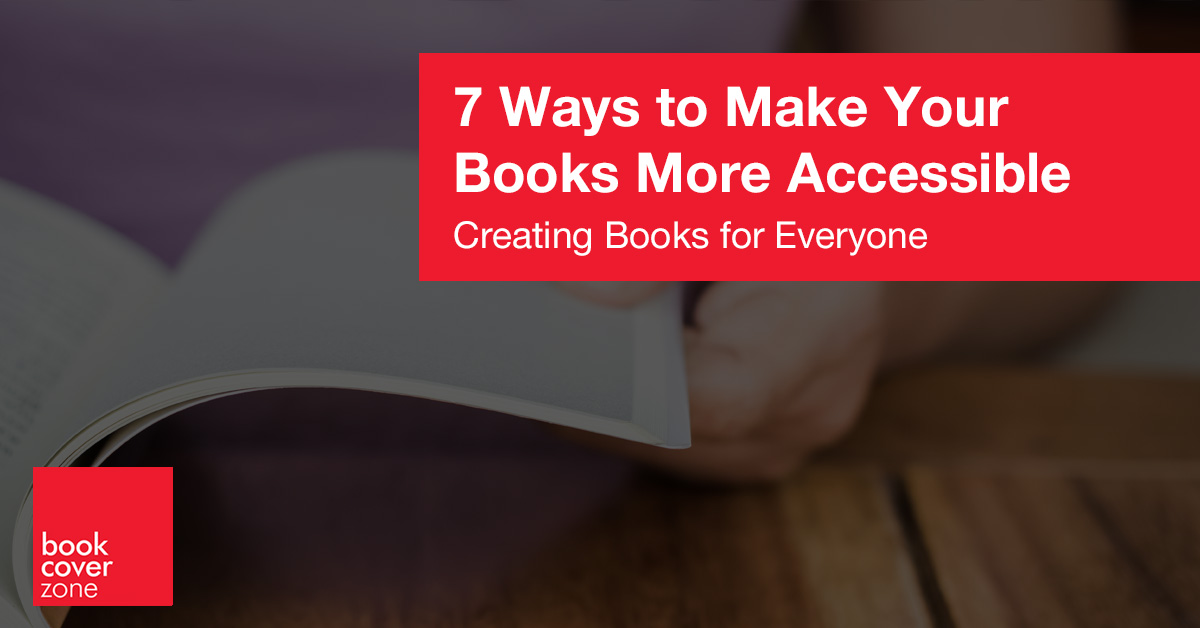Reading is a powerful tool for learning, entertainment, and personal growth. However, not everyone can access books in the traditional print format due to various barriers such as visual impairments, physical challenges, or language limitations. Making books more accessible is crucial to ensure that everyone can enjoy the benefits of reading. Here are seven ways to make your books more accessible to all readers:
1. Provide Audiobooks
Audiobooks are a great alternative for those who are visually impaired or have reading disorders like dyslexia. By offering an audio version of your books, narrated clearly and paced well, you can cater to audiences who prefer listening. High-quality audiobooks can make the content more engaging and immersive for all. The most widely used audio book platforms are Audible and Storytel.
2. Create eBooks with Adjustable Text
eBooks allow readers to adjust the text size, font style, and background color to suit their preferences. This can be particularly helpful for readers with low vision. Ensuring your eBooks are compatible with a variety of devices and eBook readers is also essential for accessibility. For this, be sure to work with an experienced book layout designer who knows the deal with ePubs.
3. Use Clear and Simple Language
We live in an international world. Although your book might be written in English, be sure that people from all over the world will want to read it as long as the subject is in their radar. Complex vocabulary and sentence structures can be a barrier to understanding for many, especially for non-native speakers, but also for individuals with cognitive impairments. Using plain language can make your books more accessible and readable without sacrificing depth or quality. Remember, less is more. This doesn’t just apply to design, but to various arts and literature forms as well.
4. Supply Large Print Editions
The ideal point size for text in a fiction book typically ranges between 10 and 12 points, with 11 points being a common choice for many mainstream trade fiction titles. This range balances readability and page economy, ensuring that most readers can comfortably read the text without straining their eyes, while also keeping the book’s length and production costs reasonable. However, some readers may need larger print to read comfortably. Offering a large print edition of your books is a simple yet effective way to cater to individuals with partial sight or older readers. The standard for large print is usually a font size of 16 to 18 points.
5. Implement a Dyslexia-Friendly Layout
For readers with dyslexia, the way text is laid out on a page can significantly affect readability. Choose fonts that are dyslexia-friendly such as Helvetica, Arial, or Verdana, and ensure ample line spacing and margins. While this may not make the book pages look pretty it will a great comfort to many. Make sure to mark this edition of your book as dyslexia-friendly on the front cover and explanations. Avoiding justified text can also help reduce visual distortion and make the text flow better for dyslexic readers.
6. Offer Accessible Digital Formats
Make sure that digital versions of books (like epubs, but also PDFs) are screen-reader-friendly. Use tagged PDFs, which allow screen readers to navigate through content properly. Include alt text for images and diagrams, and mark-up tables correctly. Ensure that the book’s structure (headers, paragraphs, and lists) is outlined so that assistive technology can interpret and convey it accurately.
7. Incorporate Braille or Tactile Features
For the visually impaired, braille remains an important reading method. Offering braille versions or books with tactile features for things like illustrations can expand your readership. Tactile books are especially beneficial for young readers who are blind or have low vision as they learn to associate the tactile images with the corresponding storytelling.
By implementing these strategies, you as an author can remove barriers to reading and learning. Accessibility in literature is more than an amenity—it is a right that allows everyone to participate in the wonderful world of books. We have the opportunity to create inclusive content and give the gift of reading to all by making books accessible.
